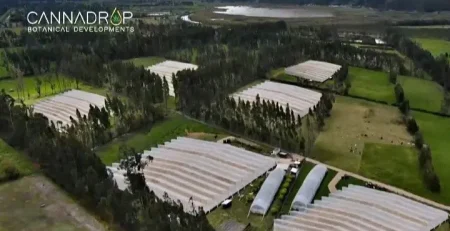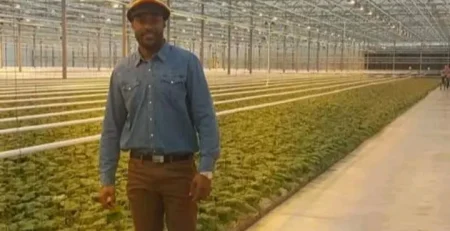Unveiling the Importance of Trichome Cap Sizes in Cannabis: A Key Player in Oil Production, Terpene Storage, and Cannabinoid Factories
Trichomes, the resinous glands covering cannabis flowers, play a pivotal role in the plant’s ability to produce cannabinoids, terpenes, and essential oils. Within the trichomes, the size of the cap is a critical factor that significantly influences the plant’s ability to generate high-quality oils, store terpenes efficiently, and act as cannabinoid-producing factories.
Trichome Anatomy:
Trichomes consist of a stalk and a glandular head, commonly referred to as the cap. The size of the cap varies among cannabis strains and is a key determinant of the plant’s resinous output. The cap houses the majority of the plant’s essential compounds, making it a focal point for understanding the plant’s chemical composition.
Oil Production:
The size of the trichome cap directly correlates with the quantity and quality of oil produced by the cannabis plant. Larger caps tend to accommodate a higher volume of essential oils, contributing to increased potency and aromatic complexity in the final product. This is particularly crucial for the extraction of cannabinoids and terpenes, as a larger cap provides a more substantial reservoir of these valuable compounds.
Terpene Storage Capacity:
Trichomes are renowned for their role in terpene production, the aromatic compounds responsible for the distinctive flavors and aromas of different cannabis strains. Larger trichome caps enhance the plant’s ability to store and preserve terpenes effectively. This heightened terpene storage capacity not only enhances the sensory experience of the cannabis but also contributes to the entourage effect, where cannabinoids and terpenes work synergistically to produce therapeutic effects.
Cannabinoid-Producing Factories:
Trichomes serve as the primary sites for cannabinoid biosynthesis, and the size of the cap influences the efficiency of this process. Larger caps provide more space for the synthesis and accumulation of cannabinoids such as THC and CBD. As a result, strains with larger trichome caps are often associated with higher cannabinoid concentrations, making them desirable for both medicinal and recreational purposes.
Benefits and Advantages of Larger Trichome Caps:
- Increased Oil Yield: Larger trichome caps lead to higher oil production, resulting in more potent and flavorful cannabis extracts.
- Enhanced Terpene Preservation: The ability to store a greater quantity of terpenes ensures a richer and more diverse aromatic profile in the final product.
- Improved Cannabinoid Concentrations: Strains with larger trichome caps often exhibit higher levels of cannabinoids, contributing to the overall therapeutic potential of the cannabis plant.
- Optimized Extraction Processes: Larger caps facilitate more efficient extraction processes, ensuring a higher yield of cannabinoids and terpenes during extraction.
Importance in Breeding and Cultivation:
Understanding the significance of trichome cap sizes is crucial for cannabis breeders and cultivators. By selectively breeding for larger caps, breeders can develop strains with enhanced oil production, improved terpene profiles, and elevated cannabinoid concentrations. Additionally, cultivation practices that promote the development of larger trichome caps, such as optimal nutrient management and environmental conditions, can be employed to maximize the plant’s resinous output.
Conclusion:
In the intricate world of cannabis chemistry, the size of trichome caps emerges as a fundamental factor influencing oil production, terpene storage, and cannabinoid synthesis. Recognizing the benefits and advantages of larger caps empowers cultivators and breeders to harness the full potential of the cannabis plant, unlocking new possibilities for the development of strains with superior aromatic profiles and therapeutic benefits. As research in cannabis science advances, a deeper understanding of trichome biology will continue to shape the future of cannabis cultivation and extraction methodologies.












Leave a Reply